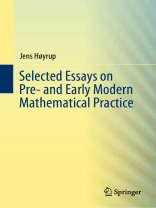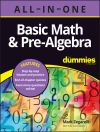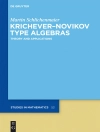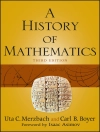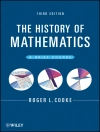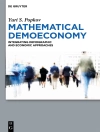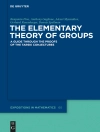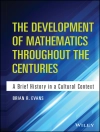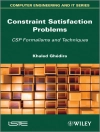This book presents a broad selection of articles mainly published during the last two decades on a variety of topics within the history of mathematics, mostly focusing on particular aspects of mathematical practice. This book is of interest to, and provides methodological inspiration for, historians of science or mathematics and students of these disciplines.
قائمة المحتويات
Introduction.- On Parts of Parts and Ascending Continued Fractions: An Investigation of the Origins and Spread of a Peculiar System.- A Note on Old Babylonian Computational Techniques.- On a Collection of Geometrical Riddles and Their Role in the Shaping of Four to Six ‘Algebras’.- Mahavira’s Geometrical Problems: Traces of Unknown Links between Jaina and Mediterranean Mathematics in the Classical Ages.- Sanskrit-Prakrit Interaction in Elementary Mathematics as Reflected in Arabic and Italian Formulations of the Rule of Three – and Something More on the Rule Elsewhere.- Geometrical Patterns in the Pre-classical Greek Area: Prospecting the Borderland between Decoration, Art, and Structural Inquiry.- Broad Lines – A Forgotten Geometrical Ambiguity.- Concerning the Position of ‘Heron’s Formula’ in the
Metrica (with a Platonic note).- Mero, ps-Heron, and Near Eastern Practical Geometry: An Investigation of
Metrica,
Geometrica, and other Treatises.- Which Kindof Mathematics was Known and Referred to by Those Who Wanted to Integrate Mathemaitcs in «Wisdom» – Neopythagoreans and others?.- The Rare Traces of Constructional Procedures in ‘Practical Geometries’.- About the Italian Background to
Rechenmeister Mathematics.- The ‘Unknown Heritage’ – Trace of a Forgotten Locus of Mathematical Sophistication.- A diluted al-Karaji in Abbacus Mathematics.- ‘Proportions’ in and around the Italian Abbacus Tradition.- Archimedes – Knowledge and Lore from Latin Antiquity to the Outgoing European Renaissance.- Existence, Sustainability, and Counterfactuality: Observations on the Status of Mathematics According to Aristotle, Euclid, and Others.- Conceptual Divergence – Cannons and Taboos – and Critique.- Tertium non datur, or, On Reasoning Styles in Early Mathematics.- Embedding – Multi-purpose Device for Understanding Mathematics and Its Development, or Empty Generalization?.- What is ‘Geometric Algebra’, and what has it been in Historiography?.- State, ‘Justice’, Scribal Culture and Mathematics in Ancient Mesopotamia. Sarton Lecture 2008.- How to Educate a Kapo: Reflections on the Absence of a Culture of Mathematical Problems in Ur III.- A Hypothetical History of Old Babylonian Mathematics – Places, passages, Stages, Development.- Written Mathematical Traditions in Ancient Mesopotamia: Knowledge, ignorance, and reasonable guesses.- Mesopotamian Mathematics, Seen ‘From the Inside’ (by Assyriologists) and ‘from the outside’ (by Historians of Mathematics).- Fibonacci – Protagonist or Witness? Who Taught Catholic Christian Europe about Mediterranean Commercial Arithmetic?.- What did Abbacus Teachers Aim at When They (Sometimes) Ended up Doing Mathematics?.- Hesitating Progress – the Slow Development toward Algebraic Sybolization in Abbacus- and Related Manuscripts, c. 1300 To c. 1550.- Embedding – Another Case of Stumbling Progress.- Baroque Mindset and New Science: A Dialectic of 17th-Century High Culture. Sarton Chair Lecture, Ghent University, 13 November 2008.
عن المؤلف
Jens Høyrup (*1943): educated as a physicist at Copenhagen University. From 1973 he taught first in the domain of social, then human sciences, at Roskilde University, Denmark, until he retired in 2005. Much of his research has dealt with the conceptual, cultural and social history of pre-Modern mathematics.
